Switzerland to Germany postal covers from the period 1930-1940 offer a fascinating glimpse into the postal history and broader historical context of Europe during a tumultuous decade. Here are some key points and considerations:
Historical Context
- Pre-WWII Europe (1930-1939):
- The early 1930s were marked by the Great Depression, which affected international mail volumes and postal rates.
- The rise of the Nazi regime in Germany in 1933 influenced postal regulations and the content of international mail.
- The lead-up to World War II saw increased censorship and changes in postal routes and services.
- World War II (1939-1940):
- With the outbreak of WWII in September 1939, international mail was heavily monitored, and many routes were disrupted.
- Switzerland maintained its neutrality, but mail to and from Germany was subject to scrutiny by both Swiss and German authorities.
- Postal services were affected by wartime conditions, including censorship, delays, and changes in postal rates.
Key Features of Postal Covers
- Stamps and Postmarks:
- Covers typically feature Swiss stamps from the 1930s and 1940s, including definitive and commemorative issues.
- Postmarks can indicate the date and place of mailing, which helps in understanding the historical context.
- Censorship Marks:
- Covers sent during WWII often have censorship marks or labels from both Swiss and German authorities.
- These marks can provide insights into the wartime postal regulations and the level of scrutiny applied to international mail.
- Postal Rates:
- Postal rates varied based on the type of mail (e.g., airmail, surface mail) and the weight of the item.
- Understanding the postal rates can help in identifying whether a cover was correctly franked and the route it may have taken.
- Routes and Transit Marks:
- Transit marks on covers can reveal the routes taken by the mail and any intermediate stops.
- Changes in routes due to geopolitical developments are reflected in these markings.
- Content and Correspondence:
- The content of the letters, if available, can provide personal insights into the historical period.
- Correspondence might reflect the economic conditions, political sentiments, and social aspects of the time.
Collectibility and Significance
- Historical Value:
- Covers from this period are valuable for understanding the impact of major historical events on everyday life and communication.
- They offer a tangible connection to the past and the experiences of individuals during a time of significant change.
- Philatelic Interest:
- Collectors value these covers for their postal history, including the stamps, postmarks, and any additional markings.
- Censorship marks and wartime routing add layers of historical and philatelic interest.
- Research and Documentation:
- Detailed research into the origins, routes, and destinations of these covers can contribute to a broader understanding of postal history.
- Documentation and sharing of findings can enhance the collective knowledge within the philatelic community.
Conclusion
Postal covers sent from Switzerland to Germany between 1930 and 1940 encapsulate a rich historical narrative marked by economic challenges, political upheaval, and wartime conditions. They serve as valuable artifacts for both historians and philatelists, offering insights into the era’s communication networks and the broader geopolitical landscape. Collecting and studying these covers can provide a deeper appreciation of the complexities of this period in European history.

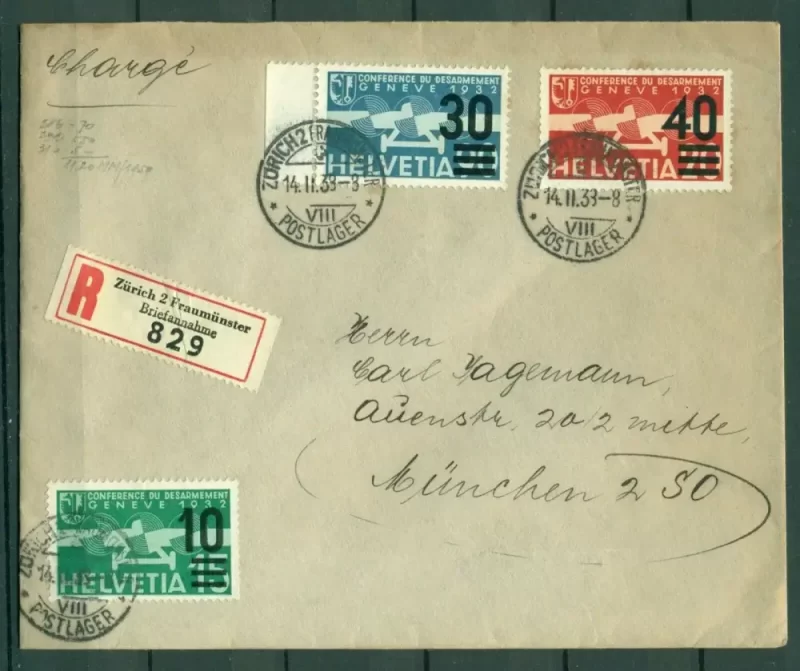
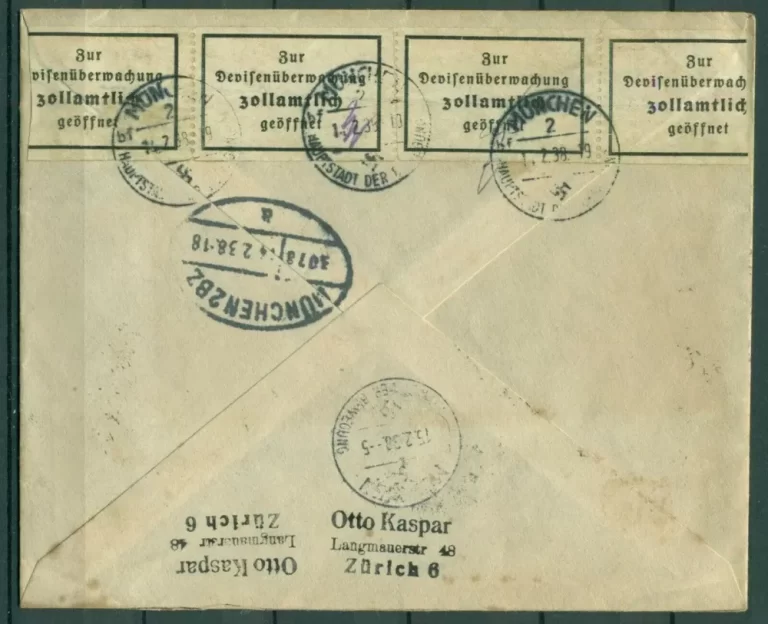

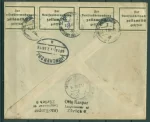
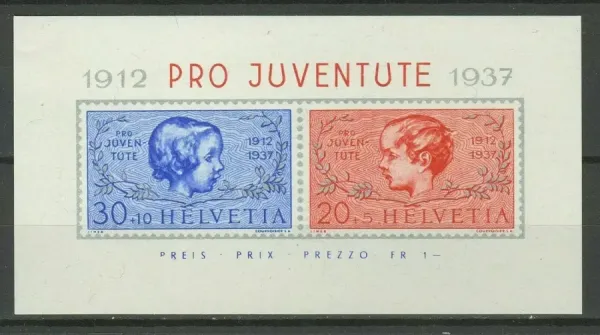


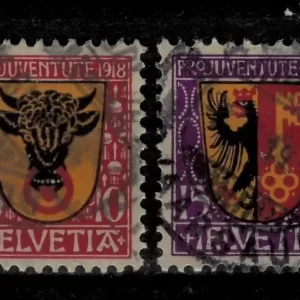
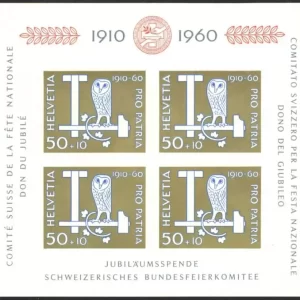
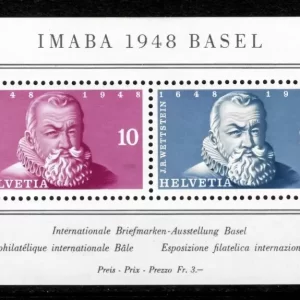
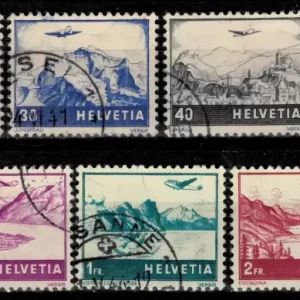
Reviews
There are no reviews yet.